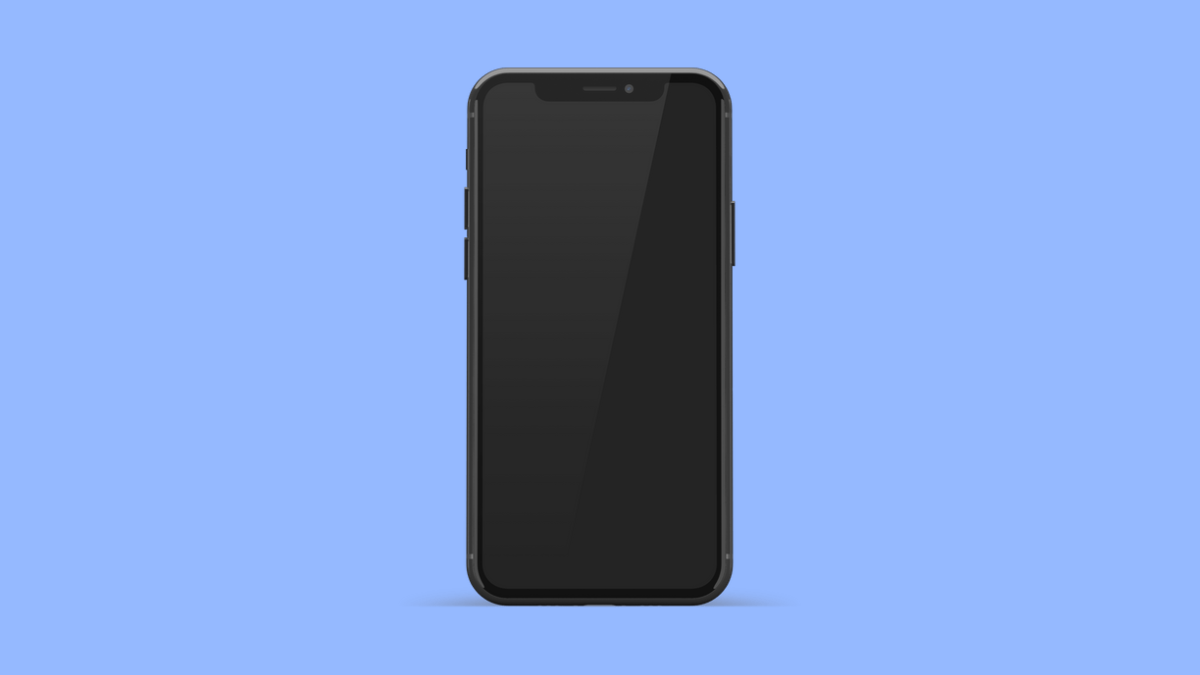Screen burn-in is a frustrating issue that can happen to any OLED display, including the OnePlus 13. You may notice faint shadows or ghost images that stay on your screen even when you switch apps. These marks are usually caused by static elements, like navigation bars or status icons, being displayed for long periods.
The good news is that you can minimize or even fix screen burn-in using a few simple methods. Here’s what to do.
Why Screen Burn-In Happens on the OnePlus 13
- Prolonged display of static images or icons.
- Brightness set too high for extended periods.
- Always-On Display or navigation bar left active constantly.
- Screen timeout duration set too long.
- Software glitches or outdated firmware.
Lower Screen Brightness.
High brightness accelerates pixel wear, which can lead to burn-in over time. Keeping it moderate helps balance visibility and screen longevity.
- Open Settings, and then tap Display and brightness.
- Adjust the brightness slider to a lower level or enable Adaptive brightness.
This prevents the same pixels from staying bright for too long, reducing the chance of image retention.
Enable Dark Mode.
Dark Mode limits how many pixels light up at once, easing the strain on your OLED display. It is one of the best ways to prevent permanent ghosting.
- Open Settings, and then tap Display and brightness.
- Tap Dark mode, and then toggle it on.
Using darker themes also gives your phone a cleaner, more battery-efficient look.
Turn Off Always-On Display.
The Always-On Display keeps certain elements like the clock and notifications visible all the time. Over long periods, this can cause those shapes to imprint on the screen.
- Open Settings, and then tap Wallpapers and style.
- Tap Always-On Display, and then toggle it off.
You can turn it back on occasionally if you prefer, but it’s better to keep it off most of the time if burn-in is already noticeable.
Use a Screen Saver or Display Refresh Tool.
A screen saver keeps your screen active with moving visuals, helping refresh stuck pixels and reduce image retention.
- Open Settings, and then tap Display.
- Tap Screen saver, and then select a dynamic option like Colors or Photos.
Alternatively, you can use third-party apps designed to cycle colors and re-energize burned pixels gradually.
Update Software.
Outdated software can worsen display calibration issues. Updating ensures your OnePlus 13 benefits from the latest optimizations and fixes.
- Open Settings, and then tap About device.
- Tap OxygenOS version, and then tap Check for updates.
Install any available updates, then restart your phone to apply the changes.
Use the Pixel Refresh Feature (If Available).
Some OnePlus models have a built-in pixel refresh or calibration tool that can help correct uneven pixel wear.
- Open Settings, and then tap Display.
- Look for options like Screen calibration or Pixel refresh, and then run the process.
This may take a few minutes, but it can help even out color retention and reduce visible ghosting.
Even though severe burn-in cannot always be fully removed, these steps can greatly minimize its appearance and prevent it from getting worse. With proper brightness control and display care, your OnePlus 13’s screen can stay crisp and vibrant for years.
FAQs
Can screen burn-in on the OnePlus 13 be completely fixed?
Mild burn-in can fade with time or using pixel refresh tools. However, severe cases may be permanent and require a screen replacement.
Does enabling Dark Mode really prevent burn-in?
Yes. Dark Mode reduces the amount of lit pixels, which minimizes the risk of uneven wear and extends OLED lifespan.
Should I keep the Always-On Display turned off permanently?
If you are noticing ghosting or faint marks, keeping AOD off most of the time is recommended to reduce further screen damage.
